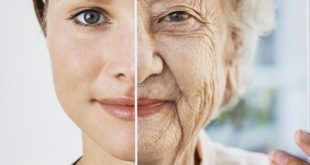
The act of lying is a prevalent aspect of human interaction, and the ability to discern falsehoods from truths is an invaluable skill. Identifying deception involves a complex interplay of behavioral cues, verbal clues, and psychological indicators. While there is no foolproof method for detecting lies, several telltale signs and techniques can help in unraveling deceit. Understanding these markers can aid in navigating both personal relationships and professional encounters with greater acumen.
Behavioral Cues
1. Microexpressions
Fleeting facial expressions, lasting only fractions of a second, can betray concealed emotions. Recognizing microexpressions like fleeting smiles or grimaces often reveals concealed feelings inconsistent with spoken words.
2. Body Language
Gestures, posture shifts, and fidgeting may indicate discomfort or nervousness. Avoidance of eye contact, excessive hand movements, or unusual shifts in body posture might suggest dishonesty.
3. Speech Patterns
Verbal cues, such as hesitations, speech rate fluctuations, or overly elaborate explanations, might signal deception. Inconsistent stories or sudden changes in language can also indicate falsehoods.
Psychological Indicators
1. Stress Indicators
Increased stress often accompanies lying. Physiological signs like elevated heart rate, sweating, or flushed skin can signal an attempt to deceive.
2. Cognitive Load
Lying requires additional mental effort. Therefore, liars may struggle to maintain consistency in their stories, leading to contradictions or delays in response.
3. Baseline Behavior
Understanding an individual’s typical behavior in non-stressful situations can aid in detecting deviations from their normal demeanor when lying.
Techniques for Detection
1. Active Listening
Paying close attention to both verbal and non-verbal cues is crucial. Listening actively and observing gestures and expressions can help in spotting inconsistencies.
2. Questioning Techniques
Employing open-ended questions, probing for specific details, and observing responses carefully can help unearth discrepancies in the narrative.
3. Building Rapport
Establishing trust and rapport can encourage truthfulness. People are more likely to be honest when they feel comfortable and understood.
Ethical Considerations
While detecting lies can be useful, it is essential to handle this skill responsibly and ethically. Misinterpretation of cues or relying solely on stereotypes can lead to erroneous judgments and strained relationships. Moreover, personal biases and cultural differences must be taken into account when assessing honesty.
Distinguishing truth from falsehood is a nuanced skill that involves a blend of observation, psychological insight, and empathy. While no method guarantees absolute accuracy in detecting lies, a mindful approach integrating behavioral cues, psychological indicators, and ethical considerations can significantly enhance one’s ability to discern deception, fostering better communication and relationships built on trust and understanding.
 GhArticles.com Every News in Detail
GhArticles.com Every News in Detail



